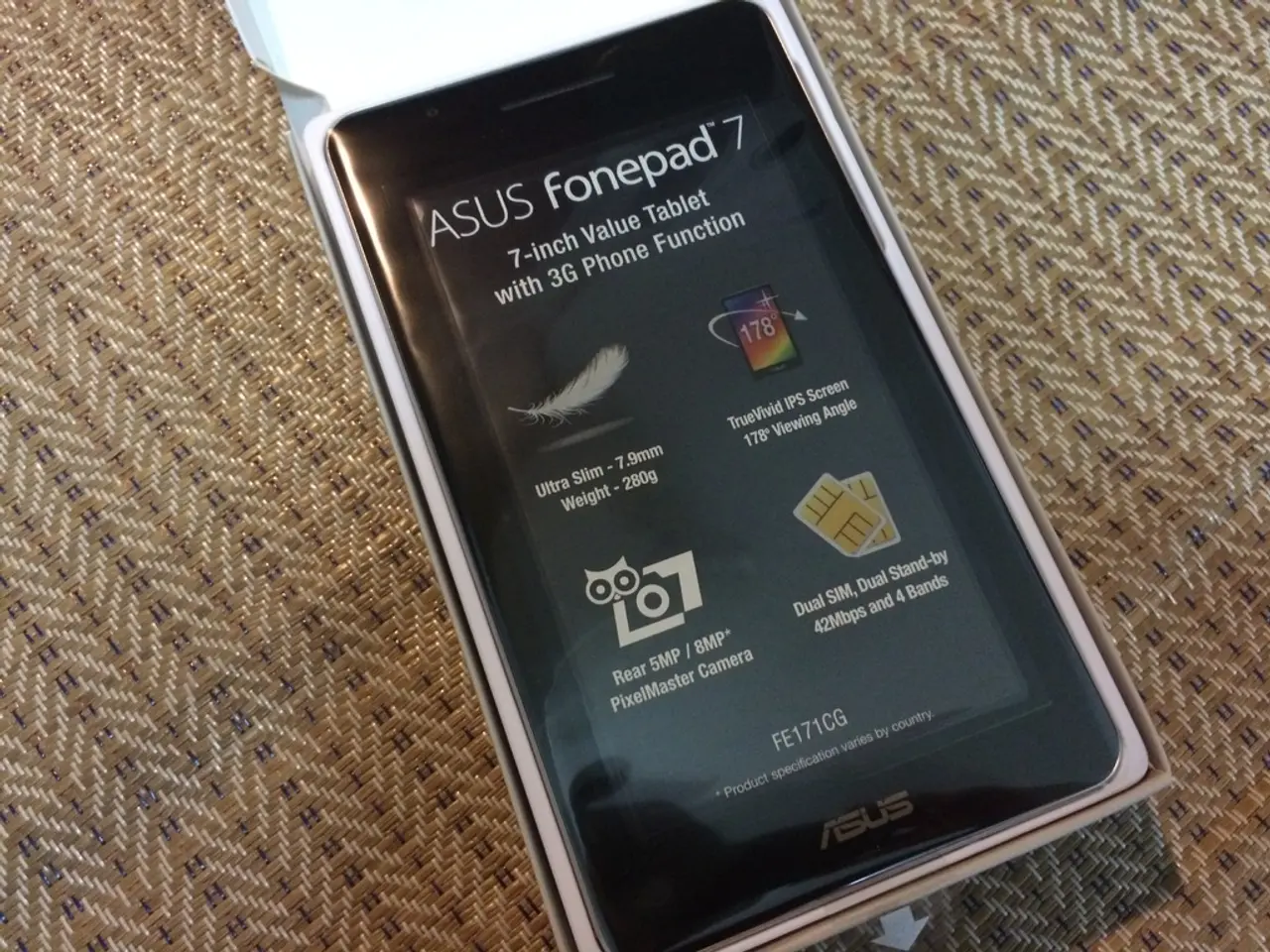Fast charging enhancements, debut of a new energy management application, and augmented security features in Rivian's 2025.18 software upgrade
In a significant move, Rivian has rolled out the 2025.18 over-the-air software update for its R1T and R1S vehicles. This update brings a host of new features and improvements, aimed at enhancing the user experience for Rivian's electric vehicle (EV) owners.
One of the key highlights of the update is the integration of Google Maps into the Rivian navigation interface, both in-vehicle and on the Rivian mobile app. This integration provides real-time routes, live traffic updates, road incidents, and tappable points of interest. It also offers Google Maps-powered search and regularly refreshed satellite imagery for Connect+ subscribers. The update also introduces a new map style, easier access to Home and Work locations, and options to display vehicle range as a percentage, distance, or both.
Driver assistance features have also seen improvements. The update allows the use of these features even when an electrical accessory is connected to the tow hitch, by adding an "Accessory" profile in trailer mode. The update refines the "Go Chime" alert, ensuring it only sounds if the Driver Attention Detection system confirms the driver is not looking at the road when a vehicle ahead drives away. Additionally, when the vehicle is stopped with Adaptive Cruise Control or Highway Assist engaged, and Driver Attention Detection confirms focus on the road, the system extends the active period before pausing driver assistance features.
Other improvements include enhanced Gear Guard reliability and faster DC fast-charging speeds, helping to scale Rivian's EV ecosystem and improve user experience. Manual battery preconditioning is now available, allowing owners to warm or cool the battery pack on demand. The software roadmap also includes the upcoming Smart Charging feature, allowing owners to schedule charging sessions during off-peak utility hours.
Rivian has also introduced Multi-factor Drive, a security feature requiring app-based authentication before the vehicle can be driven. To approve a driver, the driver must have a Rivian account associated with the key and the key must be paired with the vehicle. When Multi-factor Drive is enabled, a driver won't be able to drive the vehicle using the key fob or key card without authentication.
The redesigned Energy app, split into Charging and Energy Monitor sections, is another notable feature. The Energy Monitor breaks down energy consumption by systems like HVAC, outlets, and drive motors. The Charging tab displays detailed graphs and real-time data on energy flow during charging sessions.
Looking ahead, bidirectional charging is expected to debut in 2026, enabling Rivian vehicles to power homes, devices, or other EVs. The Large Pack now has optimized charging algorithms to improve peak charge rate, reduce the time required when charging the battery from 10% to 80%, and increase the number of miles added in the first 15 minutes of charging. Max Pack and Standard Pack also have optimized charging algorithms to reduce the time required when charging the battery from 10% to 80%.
To enable Multi-factor Drive, log in to the primary owner account in the Rivian mobile app, go to Security and access, and turn on Multi-factor Drive. To use Multi-factor Drive, all drivers must have a Rivian mobile app version 3.1 or later installed on their smartphone.
Improved charging speeds are available for both first and second-generation R1 vehicles, with Gen 2 models with the Large battery pack reaching 215 kW peak rates. The 2025.18 update significantly enhances navigation via Google Maps integration, improves driver assistance responsiveness and safety features (especially around driver attention detection), and optimizes charging and security functionalities for R1T and R1S owners.
[1] Source: Rivian Press Release [4] Source: Rivian Community Forum
- The 2025.18 software update for Rivian's R1T and R1S electric vehicles includes the integration of Google Maps into the navigation interface, offering real-time routes, live traffic updates, and other features that contribute to an enhanced user experience.
- The update also refines driver assistance features, allowing the use of these features when an electrical accessory is connected to the tow hitch, and introducing the new security feature, Multi-factor Drive.
- Multi-factor Drive requires app-based authentication before the vehicle can be driven, adding an extra layer of security for Rivian EV owners.
- Other improvements in the update include faster DC fast-charging speeds, the redesigned Energy app, and the upcoming Smart Charging feature, which allows owners to schedule charging sessions during off-peak utility hours.
- Looking ahead, bidirectional charging is expected to debut in 2026, enabling Rivian vehicles to power homes, devices, or other EVs, and optimized charging algorithms are being implemented for all battery packs to improve charging efficiency.




